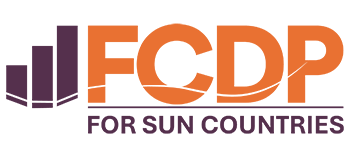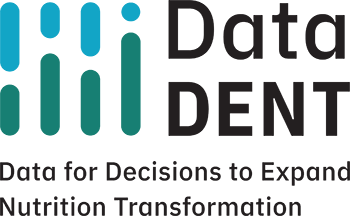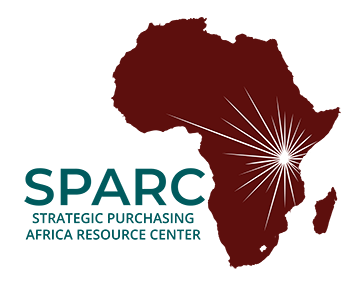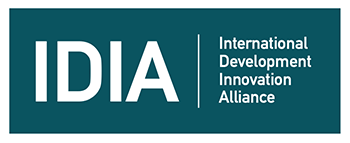How can investments be designed to enable healthy diets for better nutrition? R4D’s work with the UN FAO Food and Nutrition Division suggests practical actions for decision makers.
The Challenge of Global Malnutrition
Rising global food prices, conflict, climate change and the long-term effects of the coronavirus pandemic of 2019 (COVID-19) have severely hindered global efforts to end hunger, food insecurity and malnutrition. Addressing malnutrition in all its forms requires an agrifood system approach that acknowledges the underlying causes of malnutrition, highlights the importance of climate-smart agriculture, and targets the inter-related activities involved in the production, distribution, and consumption of healthy foods. Currently, however, investments in these areas tend to be fragmented and too often fail to holistically contribute to this greater potential.
The Opportunity to Maximize Nutrition Investments
A sustainable agrifood system includes five systems or parts: food production, food supply chain, food environment, consumer behavior and diets. An agrifood system investment is a resource allocation to a program or policy initiative that is designed to span these areas holistically. For example, an agrifood system investment may include financial inclusion components and community engagement activities as part of an agricultural development project. On their own, these investments may address some of the determinants of malnutrition but designing them together maximizes the impact on nutrition and health outcomes, in addition to broader societal and economic outcomes.
To support countries and development partners to take an agrifood systems approach to investments, the UN FAO Food and Nutrition Division (ESN) developed a series of guidance documents to maximize nutrition using impact pathways across various sectors to promote healthy diets for better nutrition in 2020. This approach was piloted in 12 sub-Saharan African countries across four food system sectors (fisheries, forestry, crop production, and livestock) and has resulted in knowledge products that can be used to support mainstreaming nutrition considerations in policies, programs, and investments across key agrifood system sectors.
R4D’s Work
Building on the impact pathways approach, R4D partnered with FAO to support countries in their effort to strengthen agrifood systems by offering practical recommendations on how to optimize investments in these systems to promote healthy, diverse diets. This work explores the current state of evidence on what works to achieve a healthy diet and improve dietary diversity within the agrifood system and what we know about the costs and benefits of improving healthy diets. R4D highlights agrifood system investment experiences in India, Bangladesh, Palestine, and Ethiopia to better understand how agrifood system investments can promote healthy diets. We explored the following questions:
India: Chhattisgarh Inclusive Rural and Accelerated Agriculture Growth Project (CHIRAAG): How can a large-scale agrifood system project embed nutrition activities throughout its core components?
Bangladesh: Third Country Investment Plan for Sustainable, Nutrition-Sensitive and Resilient Food Systems (2021-2025): How can country investment plans bring partners together to fund nutrition within agrifood programs?
Palestine: National Investment Plan for Food and Nutrition Security and Sustainable Agriculture (2020- 2022): How can a national investment plan be used to put food-based nutrition at the center of agricultural investments?
Ethiopia: Seqota Declaration Innovation and Expansion Phases and the Agricultural Growth Project II (2015-2020): How can systems be strengthened to ensure nutrition is a priority within annual planning and budgeting across sectors?
In consultation with country partners, these case studies informed a set of emerging themes and recommended actions for decision makers designing an agrifood system investment.
- All components of an agrifood system project can play a role in enabling healthy diets if explicitly designed.
- The growing evidence base on cost and benefits of integrating nutrition within agrifood system programs can support investment decisions that enable healthy diets for better nutrition.
- Designing investments to strengthen the existing agrifood system is critical to ensure sustainability and long-term impact on healthy diets.
To learn more about this work and how the themes above can be translated into action, check out the webinar embedded below.
In this presentation, we share highlights from the forthcoming publication on practice-based guidance to design investments that enable healthy diets for better nutrition based on the case studies in India, Bangladesh, Palestine, and Ethiopia. We were also joined by an expert panel of country-level practitioners who led an engaging discussion on these key questions:
- How can country investment plans bring partners together to maximize nutrition gains within agrifood system investments?
- How can existing country systems be strengthened to ensure better nutrition is a priority across sectors?
- What tools are currently available to help build the evidence base on the cost and benefits of nutrition-sensitive investments?
There’s no “one way” to optimize nutrition gains within agrifood system investments; the process must be participatory and flexible. However, we can systemize approaches using these themes to enable the application of successful tools, methods, and lessons learned across a global community committed to optimizing nutrition impacts and social inclusion in agriculture and rural development investment projects. The forthcoming publication shares how.














